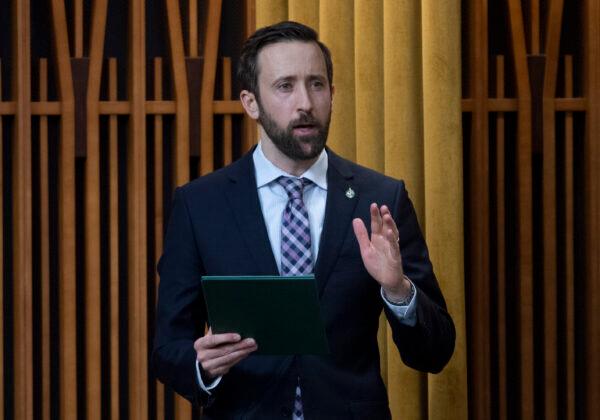Authored by Fraser Institute senior economist Jake Fuss and senior policy analyst Steve Lafleur, the report points out that the debt has increased significantly since the 2008–09 recession and rose even more over the past year due to the necessary spending to address the impact of the pandemic.
“In just over a decade, combined federal and provincial debt has grown by $981.2 billion, or 95.4 percent,” the report says
The spending in response to COVID-19, the report notes, is only a continuation of a trend toward deficit spending that took hold in 2009, breaking away from the norm of balanced budgets and lower debt burdens that prevailed from the mid-1990s to the late 2000s.
In the years since, net debt at the federal level has increased by $570.2 billion (in 2020 dollars), or 89.9 percent.
“This stands in stark contrast to the period between 1996–97 and 2007–08 when the federal government reduced its net debt (in 2020 dollars) by $304.0 billion,” the authors write.
“Put differently, in the past 13 years the federal government has accumulated nearly double the amount of debt that it repaid in the mid-1990s to late 2000s.”
As for the provinces, the report says the increase in provincial government spending is a momentous development that captures the dire state of public finances in Canada. In the 13-year period under review, Alberta has gone from being in the best financial shape to having the fastest-growing debt in the country, the report found, while provinces such as Ontario, British Columbia, Saskatchewan, and Manitoba have also seen their debt increase by more than 100 percent.
“While the federal government has increased its debt level, the provinces have been increasing their debt levels at a much faster rate,” the report says.
Despite these dire projections, Jack Mintz, an economist and the president’s fellow at the University of Calgary’s School of Public Policy, says the report may be underestimating the extent of Canada’s current debt challenges.
“The size of debt is even larger than how it is portrayed by the Fraser Institute,” Mintz said in an email.
“Net debt is measured too low by almost 30 percent of GDP, as CPP/QPP net assets (assets minus one-year liability) is subtracted from debt, but future liability payments are not included beyond one year. This makes little sense,” he says.
“As is well known, unfunded debt associated with age-related health care and other public expenditures (OAS, GIS, long-term care) and tax credits (pension credit, age credit) are not included. Pension and health unfunded liabilities would increase the net debt figure by as much as 40 percent.”
As debt continues to absorb a higher percentage of Canada’s GDP, Mintz says, there are some key issues Canadians should be concerned about.
“Bonds issued to the market could require higher interest rates due to credit risks,” he says. “Canadian public debt has short-term structure (one of the lowest in the IMF) with public bond financing requirements almost a 25 percent of GDP. So we roll over a lot of debt this year, and if the markets view it riskier, that could eventually lead to higher interest rates if we keep increasing our debt burden,” Mintz says.
“[Also,] public debt crowds out private investment when interest rates rise, and if deficits are financed by printing money, it could eventually lead to higher inflation and interest rates.”
The Fraser Institute report warns that revenues directed toward interest payments leave less money available for government programs such as health care, education, social services, or tax relief.
“Rising government debt has severe consequences for Canadians as more and more resources are directed toward interest payments and away from programs that help families or improve Canada’s economic competitiveness,” the authors write.
“Post-COVID, the federal and provincial governments must develop long-term plans to meaningfully address the growing debt problem in Canada.”





